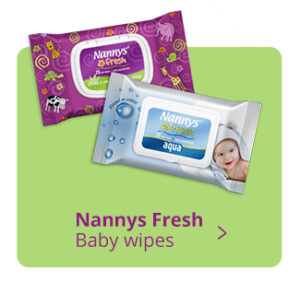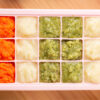You’re about to change your baby’s diaper and what do you see? Bright red skin! You’re immediately overcome with stress, wondering “what’s wrong” or “is this normal”? Well, take deep breaths. Your baby probably has some diaper rash and that is completely normal; but there are ways to prevent it. Before we find out how, let’s see what a diaper rash is.
What is a diaper rash?
Diaper rash is the irritation of your baby’s perinatal skin by your baby’s wee or poo. It is one of the most common problems in infancy. How does this irritation occur? Urine (wee) contains a large amount of a substance called urea. Urea is broken down to produce ammonia. Ammonia causes skin irritation.
What are the symptoms of diaper rash?
The skin in the genital area is irritated and looks red. Early treatment is of particular importance because otherwise the area can be easily infected with fungi. When the area is infected with candida (fungus infection), the redness spreads to the inguinal folds, blisters might appear and in some areas the skin peels off.
How to prevent diaper rash?
It is important to use a protective cream with every diaper change. The cream must have the following characteristics:











